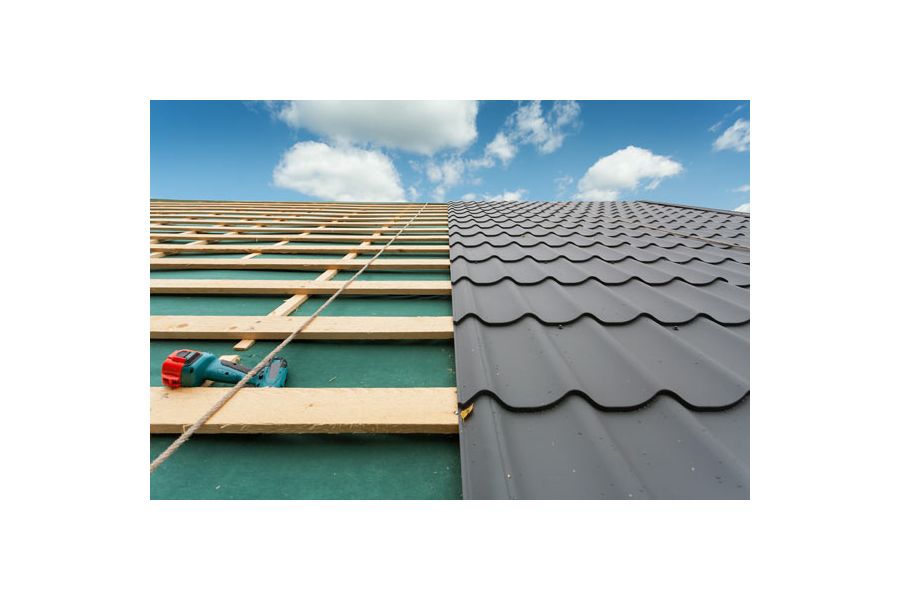Metal Up Top

The frigid cold and winter precipitation on the East Coast from New England to the Carolinas in early January renewed interest in metal roofs – typically sturdy, long lasting and able to bear the weight of ice and snow.
Nearly 14 percent of the 75 million homes in the U.S. have metal protective tops, according to the Maryland-based Metal Roofing Alliance.
Despite the pros, metal roofs also face drawbacks such as cost. At $5.50 to $12 a square foot, standing seam or shingle roofs are quite a bit more expensive than asphalt shingles at 80 cents to $1, according to the Roofing Calculator website.
State Farm Insurance on its website cited a host of metal roof advantages, namely:
• Durability. Some roofs can handle wind gusts up to 140 miles per hour, won't crack or corrode and may resist impacts and typically don't require much maintenance.
• Energy efficiency. The metal can reflect solar heat, reducing cooling costs 10-25 percent.
• Environmentally friendly. They use 25 percent or more recycled content and can be recycled.
• Longevity. They can stay in shape for 40-70 years, compared with 12-20 years for asphalt roofing materials.
• Safety. Metal roofs won't ignite in a wildfire or lightning strike.
At the same time, State Farm pointed out disadvantages including price; noise such as in a heavy rain or hailstorm; expansion and contraction that can cause panels to loosen; difficulty in matching colors in new pieces have to be added; and the threat of damage from pooling water.
The Metal Roofing Alliance this month offered five winter-weather tips to ensure than metal roofs will handle rough weather. They include positioning snow guards to keep ice and snow from falling off the roof in “dangerous chunks,” keeping gutters clean so water will drain and leaves and dirt don't build up; trim trees and bushes which with constant rubbing can damage the finish; sweep away debris that collect on the roof; and make sure that the attic and interior are insulated and properly vented.
“Metal roofs are designed to last 50 years or more and offer exceptional performance,” says Renee Ramsey, the alliance’s executive director. “Give them some simple maintenance and care, and they’ll pay you back with years of protection and peace of mind,” she says.
Ramsey adds, “Never attempt to perform maintenance on any roof during severe weather. The safest and best time to perform maintenance is in advance of storm seasons. It’s always wise to consider enlisting help to maintain your roof from an experienced and licensed qualified professional contractor,” she notes.
Copyright © CTW Features